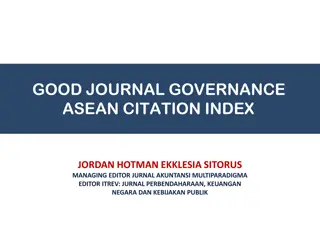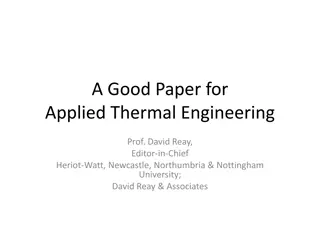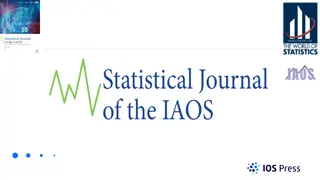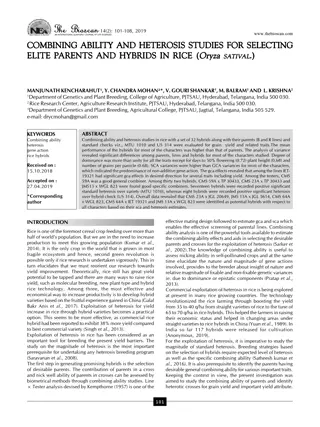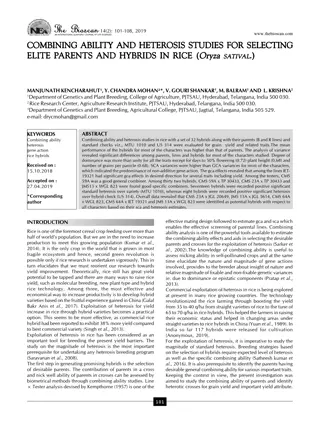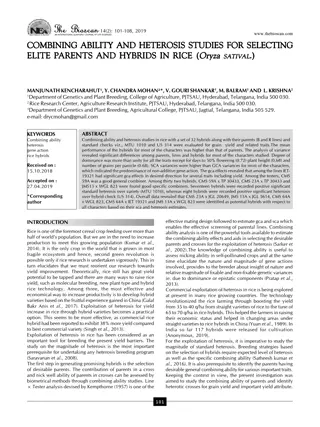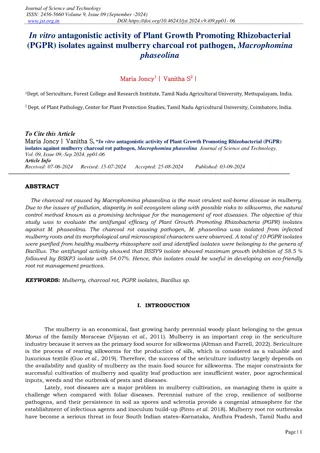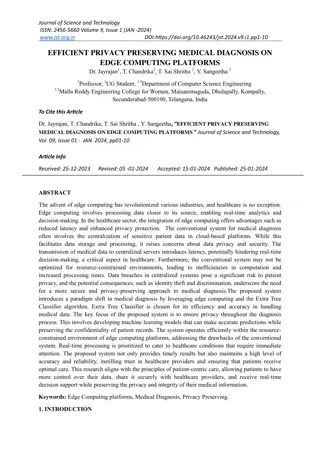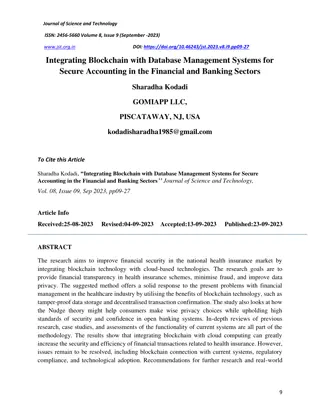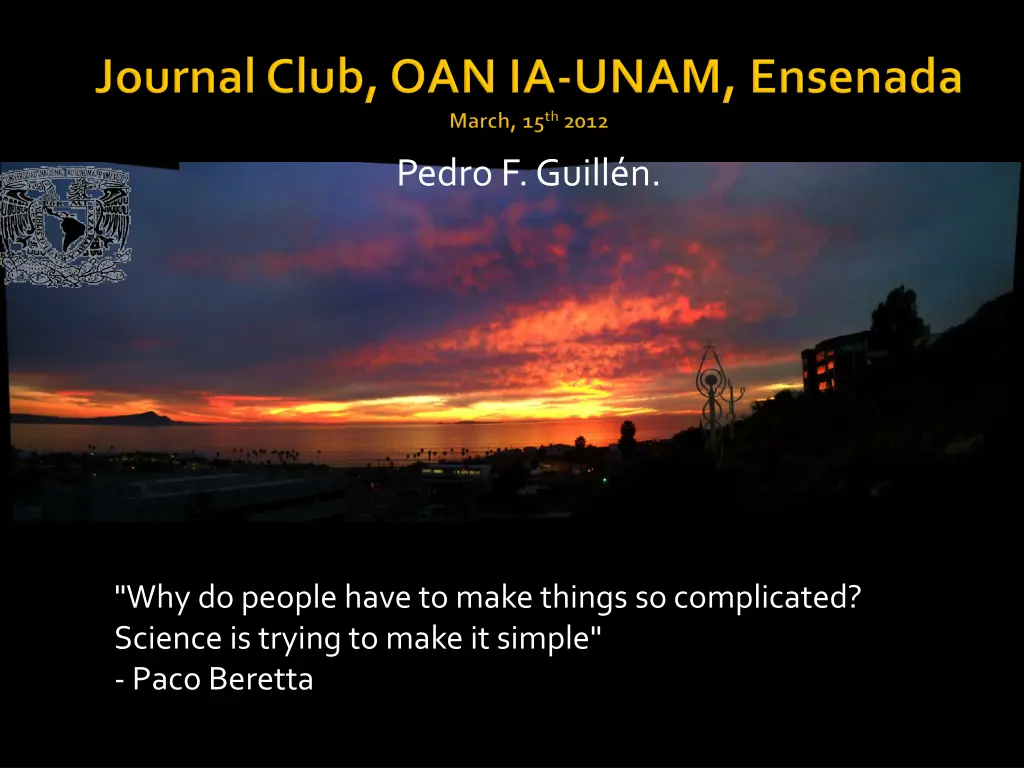
Understanding X-ray Absorption Spectroscopy (XAS) and Its Applications
Explore the world of X-ray Absorption Spectroscopy (XAS), a powerful technique that reveals electron density and structural details in materials. From X-ray diffraction to X-ray reflectivity, uncover the principles behind XAS and its significance in understanding atomic interactions. Discover how modulations in XAS encode information about local structure, providing valuable insights into material properties and electronic states.
Download Presentation

Please find below an Image/Link to download the presentation.
The content on the website is provided AS IS for your information and personal use only. It may not be sold, licensed, or shared on other websites without obtaining consent from the author. If you encounter any issues during the download, it is possible that the publisher has removed the file from their server.
You are allowed to download the files provided on this website for personal or commercial use, subject to the condition that they are used lawfully. All files are the property of their respective owners.
The content on the website is provided AS IS for your information and personal use only. It may not be sold, licensed, or shared on other websites without obtaining consent from the author.
E N D
Presentation Transcript
Pedro F. Guilln. "Why dopeoplehave to makethings socomplicated? Science is trying to makeit simple" -PacoBeretta
IAMNOTTHE EXEPERT: I aim (atleasttry) to describe this EXAFS method. And the main result of the paper I ve chosen for this JournalClub. However, at the end of the talk I suggest the audience to establish a discussion about this newdiscovery.
Sco source. X-1, X-ray Interstellar medium, dust XMM-Newton Spectrum
X-ray diffraction Long-range crystalline order. X-ray diffuse scattering Short range order, info on alloys, vibrations, etc. Sees all possible atom pairs X-ray reflectivity (or reflectometry) Measure specular-reflected beam intensity as function of incidence angle. Reveals electron density as function of depth near surface or interface. X-ray absorption spectroscopy (XAS)
X-ray interacts with all electrons in matter when its energy exceeds the binding energy of the electron. X-ray excites or ionizes the electron to a previously unoccupied electronic state (bound, quasi bound or continuum). The study of this processis XAS Since the binding energy of core electrons is element specific, XAS is element and core level specific (e.g. Si K-edge at 1840 eV is the 1s electronic excitation thresholdofsilicon) Photoelectric effect. Extended X-ray Absorption Fine Structure (EXAFS) X-ray (XANES) Absorption Near Edge Structure
The measured spectrum is an average of the snapshot spectra (~10-15 sec) of all the atoms of the selected type that are probed by the x-ray beam In general XAFS determines the statistical moments of the distribution of atoms relative to the central absorbers. This information is encoded in the ? (chi) function: (? ?? ?= absorption for isolated or embedded atom) = + ( ) E ( )[1 ( ) E ( )]; ( ) E E E 0 = ( ) E 0 ( ) E 0
( ) E ( ) E = ( ) E 0 ( ) E 0 Modulations in ? encode information about the local structure. ? function represents the fractional change in the absorption coefficient that is due to the presence of neighboring atoms. Variations in x-ray absorption coefficient as function of energy related to structural or electronic properties of sample
Absorbed x-ray photon induces transition of electron to unfilled final state of appropriate symmetry. * Bound states for low energies near absorption edge Wave characterized by electron wavenumber 2 ( m E ) 2 E = = 0 k 2
Near edge XANES (NEXAFS) 1s to LUMO Si(CH3)4 Tetramethylsilane C EXAFS t Si Si K-edge
Mass absorption cross section is often expressed in barn/atom or cm2/g; (1 barn = 10-24 cm2) t Io t= thickness It incident photon flux transmitted flux I I = = = t , ln , o I I e t t o t absorption coefficient (cm-1) mass absorption cross section (cm2/g) density (g/cm3) Note: or is a function of photon energy He couldn't hit the broad side of a barn
Transmission: % of incident photons transmitted for a given thickness of a uniform sample: E.g. the transmission of 1000 eVphoton through a 1 micron (10 4 cm) graphite film(normal incidence) is I transmission e e I = = = = 0.363 = = = = = t 0.6956 69.6% t o / ) (1.58 / g 3 2 3 (2.298 10 ) cm g cm 3 1 3.6308 10 3.6308 10 t cm mass abs. coeff. density of graphite = 3 1 4 10 0.368 cm cm
One-absorption length (hv): the thickness of the sample t1,such that t =1 or t1=1/ E.g. the one absorption length of graphite at 1000 eVis = = 1 / = 3 1 336 10 1 363 10 / . . cm = = 3 1 298 . t cm m 1 I I = = = 1 t t 0368 . e e o One absorption length corresponds to 37% transmission, 63% absorption 72 13
This is also known as the 1/e attenuation length or simply attenuation length by which the incident photon flux has been attenuated to 1/e = 0.368 or 36.8 % of its intensity. One absorption length is often used as an optimum length for the thickness of the sample in XAFS measurement for best signal to noise ratio 14
Element Density Energy Mass abs. Coeff. (g/cm3) (eV) One-abs. length (cm2/g) ( m) 3.32 x 103 8.6 x 104 1.4 x 104 Si 2.33 1840 (K) 100 (L3,2) 30 (VB) 1.3 0.05 0.28 4.01 x 104 1.87 x 105 C(graphite) 1.58 300 (K) 30 (VB) 0.16 0.034 12000 (L3) 1.796X102 Au 2.88 This provides info. about sample depth 15
Each element has its set of absorption edges (energy) and decay channels characteristic of the element . Excitation channel specific (multi dimensional info) dipole selection rules, symmetry Sensitive to chemical environment (molecular potential) Tunability, high brightness, microbeam, polarization, time structure etc. provide many unprecedented capabilities for materials analysis 16
The absorption characteristics and the periodic table of the elements Low z elements: all levels are accessible with VUV (vacuum UV, 30 1000 eV) and soft X-rays (1000 5000 eV). In this region, absorption is the dominant process (measurement in high vacuum environment) High z elements: deeper core levels are only accessible with hard X-rays (5 KeV to 40 keV). (measurements can be made in the ambient atmosphere) 17
Sco X-1 is one of the brightest X-ray sources in the sky, and its emission is subject to interstellar absorption. It is located at a distance of about 2.8 kpc (Bradshaw et al. 1999) at a galactic latitude of 23.8 , which means the source is situated about 1.1 kpc abovethegalacticplane.
TheXMM-Newtonsatellitewasemployed. Instrument: Reflection Grating Spectrometer. It provides high-resolution X-ray spectra in the soft energy band (6 38 ). In this energy band the predominant interstellar absorption features are caused by the elements oxygen, nitrogen, neon, and iron.
In the X-ray spectrum of Sco X-1, the Oxygen-K edge was searched for the existence of EXAFS, which indicate the presence of solids in the absorbing medium. A clear signal was found. When comparing with spectra of Mrk 421, it is found that instrumental effects may account for 40% of the signal. Assuming that EXAFS signals scale with that of water ice, we find roughly 30 50% of the absorbing oxygen is bound in solid material. Although amorphous water ice, does fit the EXAFS peaks found, this material is an unlikely candidate given the diffuse character of the absorbing medium. The data presented here can help solve the character of interstellar dust grains when appropriate laboratory data on variousplausiblematerialsbecome available.







